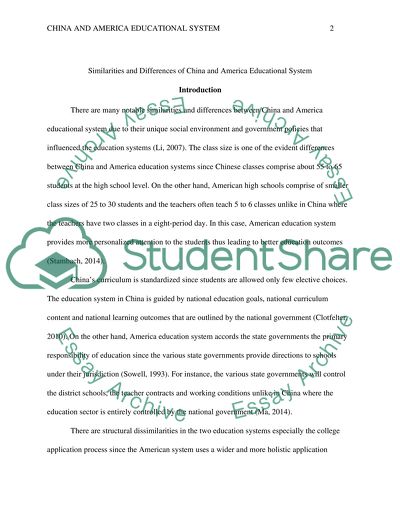Cite this document
(“China and America Educational System Essay Example | Topics and Well Written Essays - 2500 words”, n.d.)
China and America Educational System Essay Example | Topics and Well Written Essays - 2500 words. Retrieved from https://studentshare.org/education/1701957-china-and-america-educational-system
China and America Educational System Essay Example | Topics and Well Written Essays - 2500 words. Retrieved from https://studentshare.org/education/1701957-china-and-america-educational-system
(China and America Educational System Essay Example | Topics and Well Written Essays - 2500 Words)
China and America Educational System Essay Example | Topics and Well Written Essays - 2500 Words. https://studentshare.org/education/1701957-china-and-america-educational-system.
China and America Educational System Essay Example | Topics and Well Written Essays - 2500 Words. https://studentshare.org/education/1701957-china-and-america-educational-system.
“China and America Educational System Essay Example | Topics and Well Written Essays - 2500 Words”, n.d. https://studentshare.org/education/1701957-china-and-america-educational-system.


